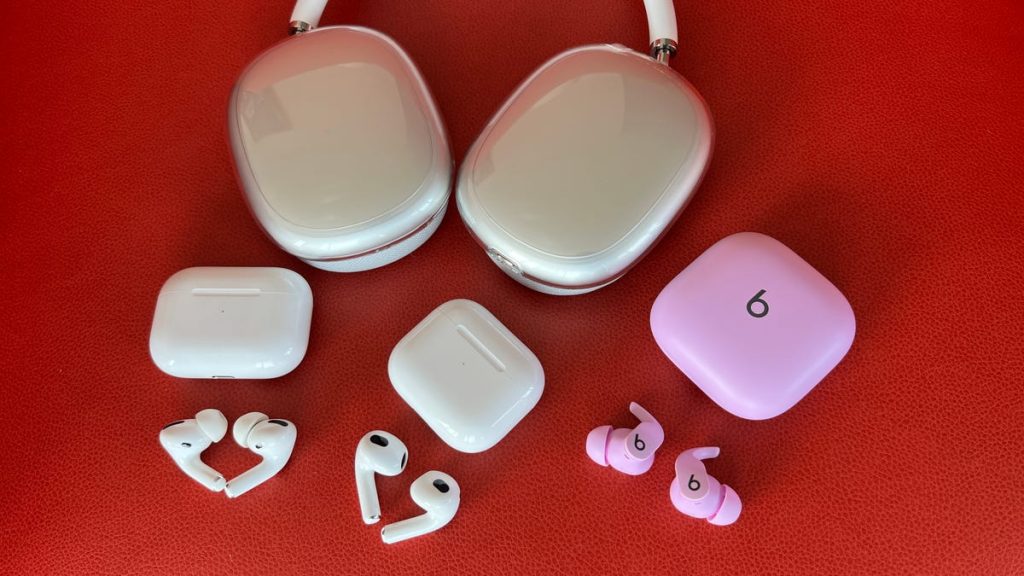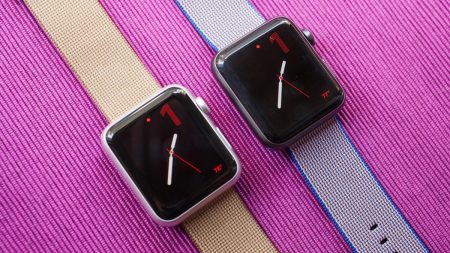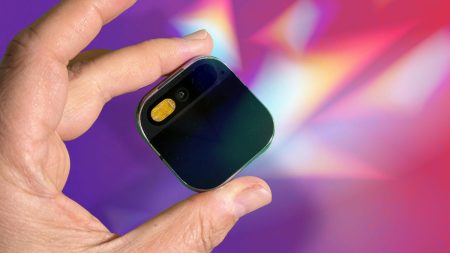Apple AirPods, like all wireless headphones and earbuds, are evaluated across six fundamental criteria to determine their overall merit and suitability for consumers. These criteria encompass design, sound quality, noise-canceling performance, voice-calling performance, features, and value. Each aspect is meticulously assessed to provide a comprehensive understanding of the AirPods’ capabilities and how they compare to competitor products.
Design considerations extend beyond mere aesthetics, delving into the practical aspects of user experience. Comfort, or ergonomics, is paramount, as a snug and secure fit is crucial for prolonged listening sessions. Build quality is another key element, reflecting the durability and longevity of the device. The implementation of controls, their intuitiveness and responsiveness, also contribute to the overall design assessment. Water resistance, while more common in earbuds designed for active use, is a desirable feature noted in the evaluation. For over-ear headphones, dust and water resistance ratings are particularly important for workout scenarios and are highlighted when applicable.
Sound quality is a central pillar of headphone evaluation, and AirPods are no exception. Using a standardized playlist, reviewers compare the AirPods’ audio performance to other leading models within the same price bracket. Critical sonic characteristics are scrutinized, including bass definition, clarity across the frequency spectrum, dynamic range, and the overall naturalness of the sound reproduction. These factors determine how accurately and engagingly the AirPods reproduce various music genres and audio content.
For AirPods equipped with active noise cancellation (ANC), performance is rigorously tested under different conditions. Initially, the headphones are subjected to a controlled environment with consistent low-frequency noise, such as that produced by an HVAC unit. This allows for an objective assessment of the ANC’s efficacy in minimizing low-frequency rumble. Subsequently, real-world testing is conducted in bustling city environments. Here, the AirPods’ ability to suppress a wider range of ambient sounds, including traffic noise and human voices, is evaluated. Models that demonstrate superior noise reduction capabilities across these diverse scenarios receive higher ratings.
Beyond core functionalities, the presence and effectiveness of additional features contribute to the overall assessment. These can range from convenient quick-access awareness modes, allowing users to momentarily hear their surroundings without removing the earbuds, to transparency modes that pause music and amplify external sounds for conversations. Other features, such as specialized sound modes, ear-detection sensors for automatic pausing, and even integrated hearing health metrics, including hearing tests and hearing aid modes in newer models, are all considered in the evaluation. The user-friendliness of any companion app and the availability of wireless charging are also evaluated, contributing to the overall feature assessment.
In today’s world, clear and reliable voice calling is crucial. AirPods are tested in challenging environments, like noisy city streets, to assess their call quality. The focus is on how effectively the AirPods suppress background noise, ensuring clear transmission of the user’s voice to the other party. This aspect is particularly important given the prevalence of remote work and the reliance on headphones for communication.
Finally, the value proposition of the AirPods is determined by considering all the above criteria in relation to the product’s price. The overall performance and feature set are compared to other models within the same price range to assess whether the AirPods offer a competitive package. Any additional purchases required to fully utilize the AirPods’ features, such as a wireless charging case, are factored into the value assessment, ensuring a comprehensive and balanced evaluation of the overall cost. This multifaceted approach allows consumers to make informed decisions about whether the AirPods represent a good value for their specific needs and budget.










